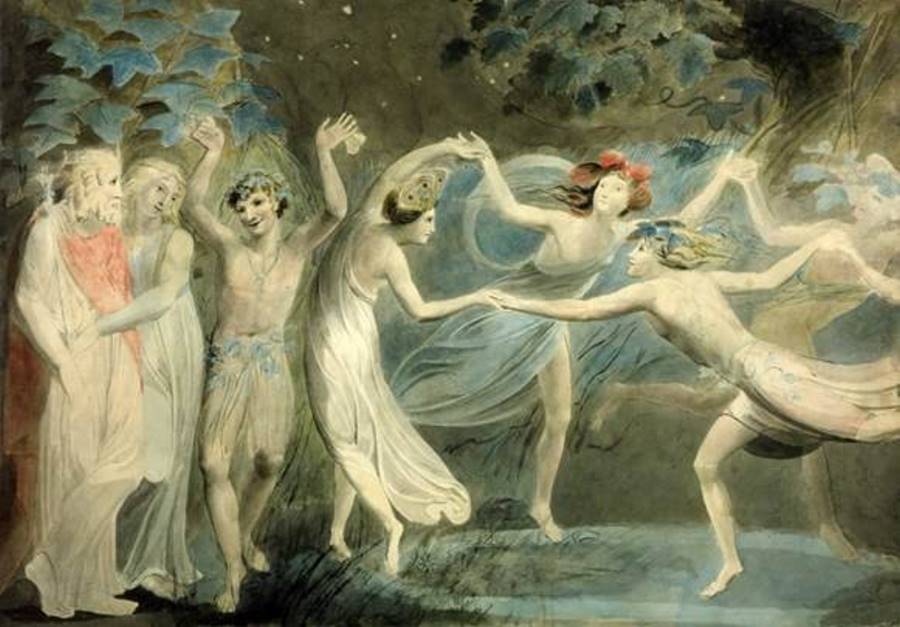
The
Secret Commonwealth of Elves,
Fauns and Fairies
Robert Kirk
"Kirk is
a magnificent dish to set before
any student of either folk-lore
or folk-psychology." — Times
Literary Supplement
In the
late 17th century, a Scottish
minister went looking for
supernatural creatures of "a
middle nature betwixt man and
angel." Robert Kirk roamed the
Highlands, talking to his
parishioners and other country
folk about their encounters with
fairies, wraiths, elves,
doppelgangers, and other agents
of the spirit world. Magic was a
part of everyday life for Kirk
and his fellow Highlanders, and
this remarkable book offers rare
glimpses into their enchanted
realm.
Left in manuscript form upon
the author's death in 1692, this
volume was first published in
1815 at the behest of Sir Walter
Scott. In 1893, the
distinguished folklorist Andrew
Lang re-edited the work. Lang's
introduction to Kirk's
extraordinary blend of science,
religion, and superstition is
included in this edition. For
many years, The Secret
Commonwealth was hard to find —
available, if at all, only in
scholarly editions. Academicians
as well as lovers of myths and
legends will prize this
authoritative but inexpensive
edition. SOURCE
AMAZON
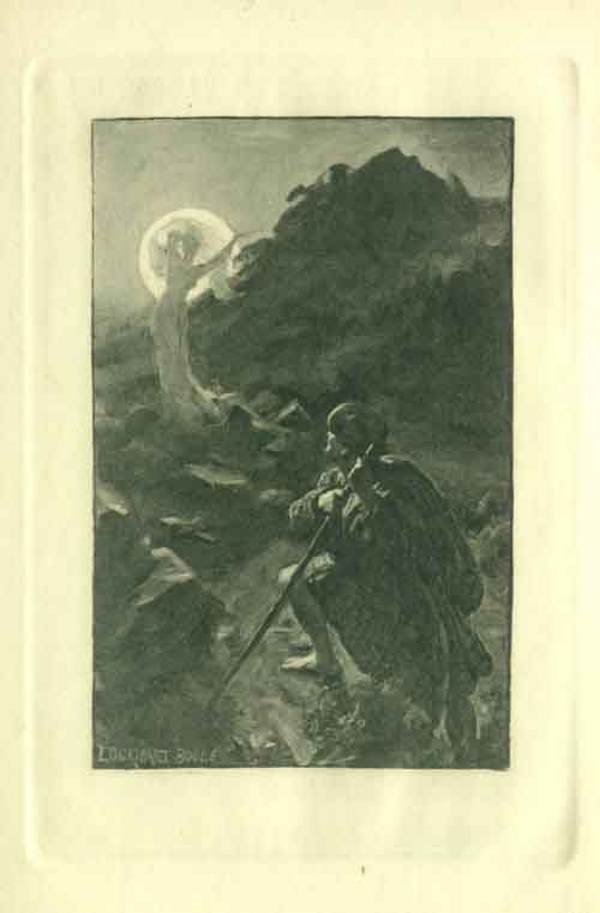 Inside
Cover
Inside
Cover

Captive in Fairyland:
The Strange Case of Robert
Kirk of Aberfoyle
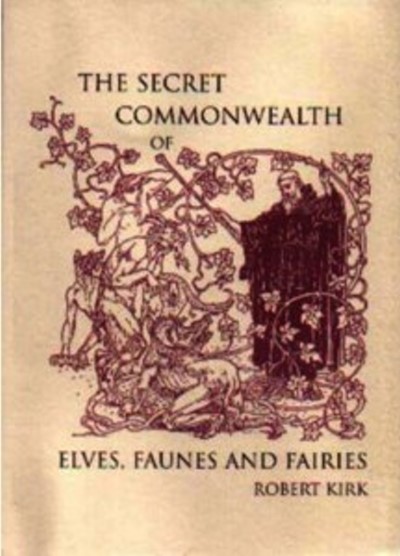
By
Sophie Masson
Whilst at Balquidder, Kirk
began work on translations of
the Bible, Psalms and the
Catechism in Gaelic, and wrote
up a helpful Gaelic
vocabulary. He also translated
the Psalter into Gaelic
metrical versions — and this
was published in 1684, and was
the first ever complete
translation for Gaelic
speakers. His work was
reckoned to be both important
and elegant, displaying a
great deal of literary talent
as well as skill in
translation. However, the
Presbyterian Synod in Argyll
was not altogether comfortable
with the tone of Kirk’s
translation, considering it a
little too open-minded, almost
Episcopalian. Not for ten
years was a version of his
work published under the
approval of Argyll.
Meanwhile, Robert was not
worrying himself overmuch
about whether Argyll approved
or not. He was taking part in
a great deal of theological
and metaphysical debate,
travelling to Lowland Scotland
and England on occasion to
take part in discussions. A
long way from being the
stereotypical Presbyterian
bigot, he was most interested
in combatting what he saw as
the dangers arising not from
resurgent Catholicism, but
fashionable scepticism and
materialism — an aim he
specifically mentioned when
writing his next book. In
1685, he was appointed to his
birthplace, and his father’s
old parish of Aberfoyle, and
it is perhaps this return to
his origins and his childhood
which stimulated him into
starting work on his next
project, his most famous and
infamous book, and the reason
for which he has not been
forgotten altogether.
We do
not know exactly when Robert
started this book, whch was
published in 1691 under the
ponderous title of The Secret
Commonwealth of Elves, Fauns
and Fairies; or an Essay on
the Nature and Actions of the
Subterrenean and (for the most
part) Invisible People
Heretofoir going under the
name of Faunes and Fairies,
and the lyke, as described by
those who have the second
sight. Naturally, in referring
to it from now on, I will
shorten this simply to The
Secret Commonwealth.
REST
OF ARTICLE
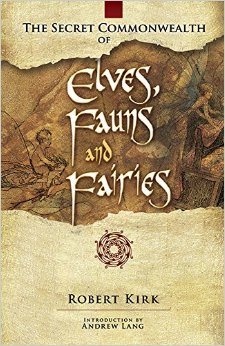
The Secret Commonwealth of
Elves, Fauns and Fairies
AMAZON
LINK
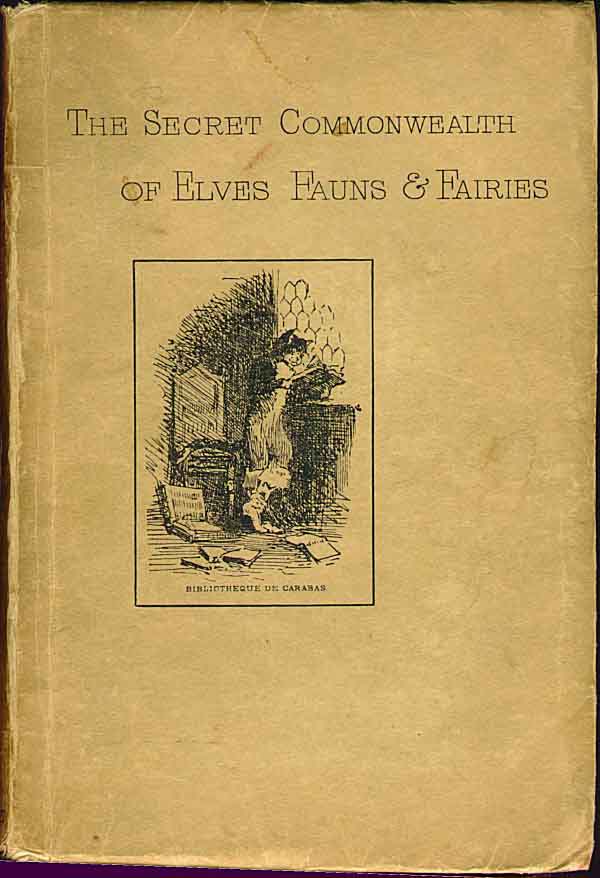
The Secret
Commonwealth
of Elves,
Fauns and
Fairies
Biblio
LINK $650.00
First Addition
Rare Book
 Old
Forgotten Books
Available in PDF
Old
Forgotten Books
Available in PDF
|
|
